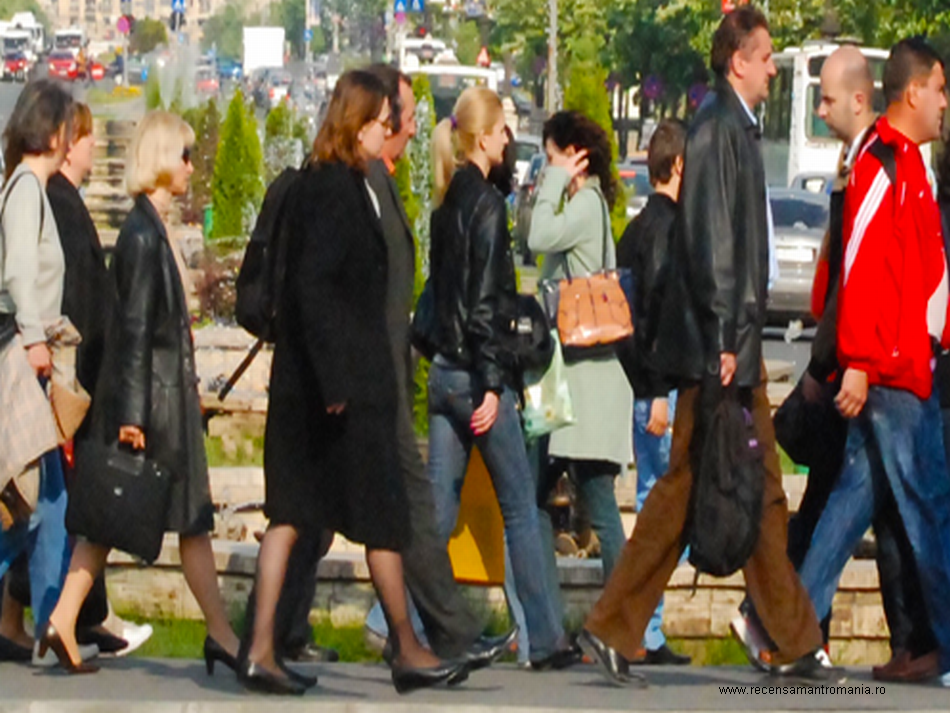Demographic changes in Romania
Romanias annual demographic survey published on Thursday contains some worrying data with regard to population structure and dynamics.

Bogdan Matei, 11.12.2015, 14:34
On its way to modernisation, Romania is also confronted with negative demographic phenomena, which western societies have already had to face in the past. Demographics experts have been warning for many years of progressive depopulation and aging, and the latest figures fuel their concerns.
Romania’s population shrank by 80,000 in 2014, adding to the 40,000 people who emigrated, thus declining to under 20 million, a figure similar to that of 1966, the President of the National Institute for Statistics, Tudorel Andrei, said on Thursday. This situation is to some extent the result of a large number of deaths, as well as of declining birth rates, two trends which cannot be reversed any time soon, Mr Andrei said. He explained that while the drop in population was mainly the result of migration until 2013, after this date it was due to the difference between the birth rate and the mortality rate.
Tudorel Andrei: “240-250,000 people died and 170-180,000 people were born in 2014, so we had a negative balance, which is a lot for a population of 19,900,000. In the next 30 or 40 years, Romania may face a massive drop in population to 14 or 15 million if this trend is maintained.”
These statements were made at the launch of Romania’s annual demographic survey which contains statistical data about the size and structure of the country’s population, as well as its natural and migratory movement. In the last 25 years, after the collapse of communism, the country’s population dropped from 23.2 to 19.9 million. Two factors that contributed to this decline were the elimination of the law prohibiting abortions and the opening of the borders, the result being that there are currently some 3 million Romanians living abroad.
The wave of emigration has slowed down recently, and the number of people leaving Romania does not exceed that of people coming back. Emigration, however, still has its effects, because the people who emigrated were in the 25 to 34 age bracket, the group with the highest birth rates.
Moreover, the number of people over 65 has doubled, this age group now accounting for 15% of the population. In 1970, children under 15 accounted for more than a quarter of the total population, compared with 15% today. This, experts say, may blow up the entire state pension system in a matter of decades.
(Translated by: Cristina Mateescu; Edited by: Diana Vijeu)






























